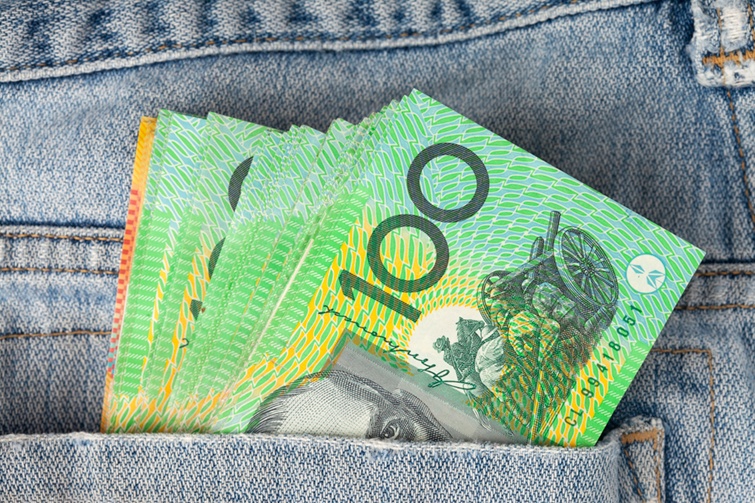As investing in ASX ETF’s becomes more popular, there is an increasing number of ETFs or Exchange Traded Funds that have become available to Australian (and international) investors to take advantage of the markets.

With currently 178 funds across various sectors available including Australian shares, international shares, fixed income & cash, currencies and commodities, there is a wide range of ASX ETF funds available for investors to choose from[1].
Unlike investment in a singular financial investment option – such as a share or currency – ETF’s provide investors with the exposure to an index in one transaction, in other words, investors gain exposure to each of the companies or assets that make up the fund[2].
Being able to track the performance of the index rather than the singular share provides holders of ASX ETF’s with a unique investment tool.
ETF’s are available on the top 20, 50, 200 or 300 companies in Australia, resources, international markets or particular outcome funds – such as those focused on high dividend companies. This provides additional alternatives to investors to diversify their portfolio and hedge against market volatility.
As
Although ASX ETF’s are considered by many investors as a ‘safe option’, although they provide a more diversified approach to investing, they are still exposed to market or index specific risks and should a market crash, recession or GFC occur, the exposure to the ASX ETF could still see a decline in the value of investment in the funds.
This risk is especially prevalent with international ASX ETFs as they are not only exposed to the international market movements themselves[3] but also international FX or foreign exchange rates, this can hinder profits or exacerbate the losses that an investor realises on their ASX ETF.
Another new ASX ETF that will increase the potential of risk – and reward for that matter – is the introduction of synthetic ETFs. A synthetic ETF is an asset designed to replicate the performance of an underlying index using derivatives and swaps rather than physical securities[4].
Similar to the risk of CFD’s or Contracts for a Difference and other derivative products, there are higher degrees of risk on synthetic ASX ETFs including counterparty risk, collateral risk, liquidity risk and conflict of interest. In many cases, it's uncertain if both parties will live up to their side of the obligation[5].

As the Australian economy and the ASX enters into uncertain times due to property market declines, share market volatility and geopolitical insecurity, people are looking for investments that can hedge their portfolios and prepare them for what lies ahead.
ASX ETF’s could be the investors are searching for – as with any investment, always research and professional advice before training in ASX ETF’s is recommended.
[1] https://www.stockspot.com.au/what-are-etfs/etfs-compared/
[2] https://www.asx.com.au/products/etf-and-other-etp.htm
We welcome you to give our team a call to discuss your investment goals and objectives.
You can call Walker Capital Australia on +61 2 8076 2210, and we’ll see how we can help you achieve your investment goals.
For more information on currency investing, check out our full article: Exploring ETF: Exchange Traded Funds.
What are exchange traded funds or ETF's?
ETF Investing in Australia
Investing in ETFs in Australia
Walker Capital Disclaimer *
Walker Capital Private Wealth Pty Limited (ABN 86 161 363 097) holds an Australian Financial Services Licence (AFSL No. 436859). You should read and consider the relevant Disclosure Document and the issuer's Terms and Conditions before making a decision about whether to purchase any financial products.
Walker Consulting (Australia) Proprietary Limited t/as Walker Capital Australia (ACN: 602952116) is a Corporate Authorised Representative (CAR No. 1250196) of Walker Capital Private Wealth Pty Limited (ACN 161 363 097) (AFSL no. 436859)
© Copyright 2022 Walker Capital – All Right Reserved